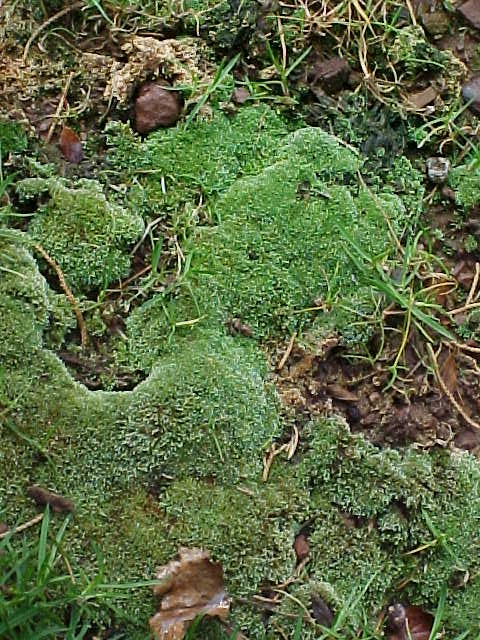
Dollar Spot Disease
Summer weather provides a host of environmental stresses to the cool-season turf varieties that we have in New Jersey. Temperature, humidity, lack of rain, and sometimes too much rain all impact residential lawns throughout the summer months. Outside of heat










